This article is an Introduction to vinyl flooring. We will explore the various types of products and performance attributes that can be used to ensure the right specification.
What is vinyl flooring?
Vinyl flooring is a durable and hygienic resilient PVC flooring product, that is fast gaining popularity in areas other than the healthcare market, due to its many performance attributes.
What types of vinyl flooring are available?
Homogeneous Flooring
Described as a heavy-duty vinyl sheet flooring consisting of a single layer of material where the design is evident through the entire thickness of the material. It extends itself to being durable because of its design.

Ideal for: heavy traffic areas as well as hygiene sensitive areas, i.e., hospital wards, corridors, theatres etc.
.jpg?width=1920&height=1920&name=_LARGE-HOSPITAL-ENTRANCE-COOL-GREYS_Pencil%20Lead%208608_Frosted%20Glass%208606_Pencil%20Lead%208608_Frosted%20Glass%208606%20(1).jpg)
Heterogeneous Flooring
This is a multi-layer vinyl sheet made up of a printed top layer laminated to a base layer and finished with a protective wear-layer. The printed top-layer allows an endless variety of design possibilities. It is slightly softer underfoot than a homogeneous product.
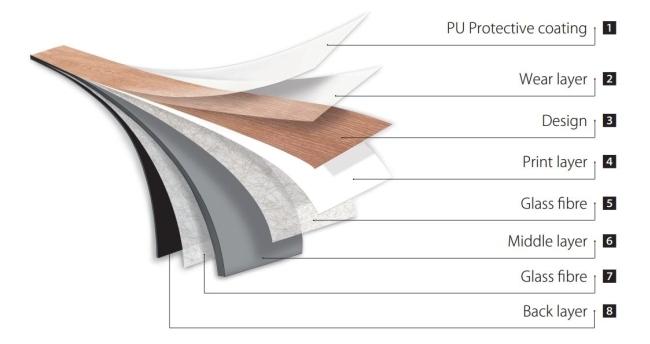
Ideal for: commercial, retail, hospitality, healthcare and residential installations, that require a high-end design, hygiene and durability.
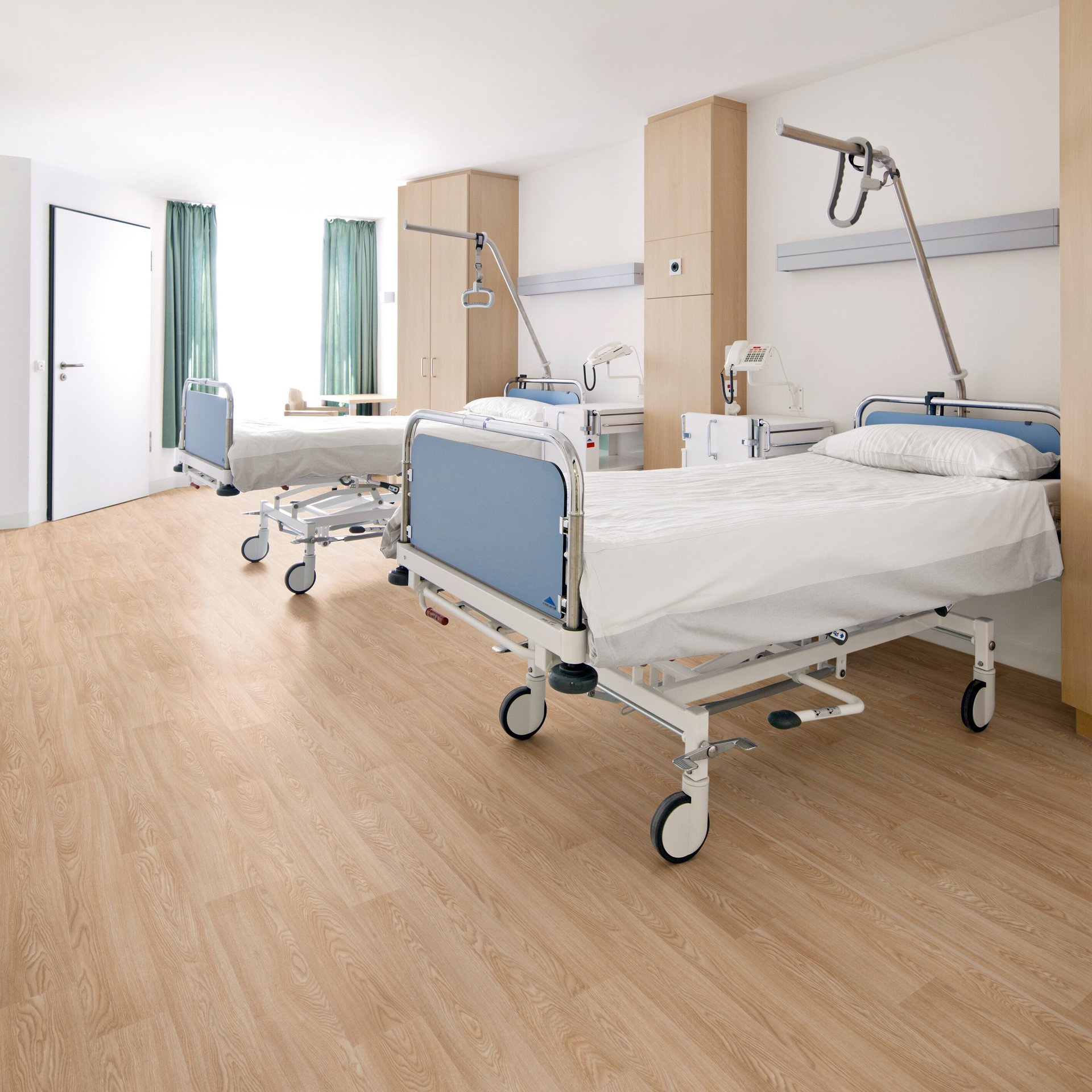
Luxury Vinyl Tiles (LVT) or Planks
Basically, a laminated product made up of several layers with a printed decorative top layer available in either a tile or plank format. This product is not to be confused with wood laminate floors.
Ideal for: commercial, retail, hospitality, and residential installations, that require a high-end design but is durable, easy to maintain and comfortable.
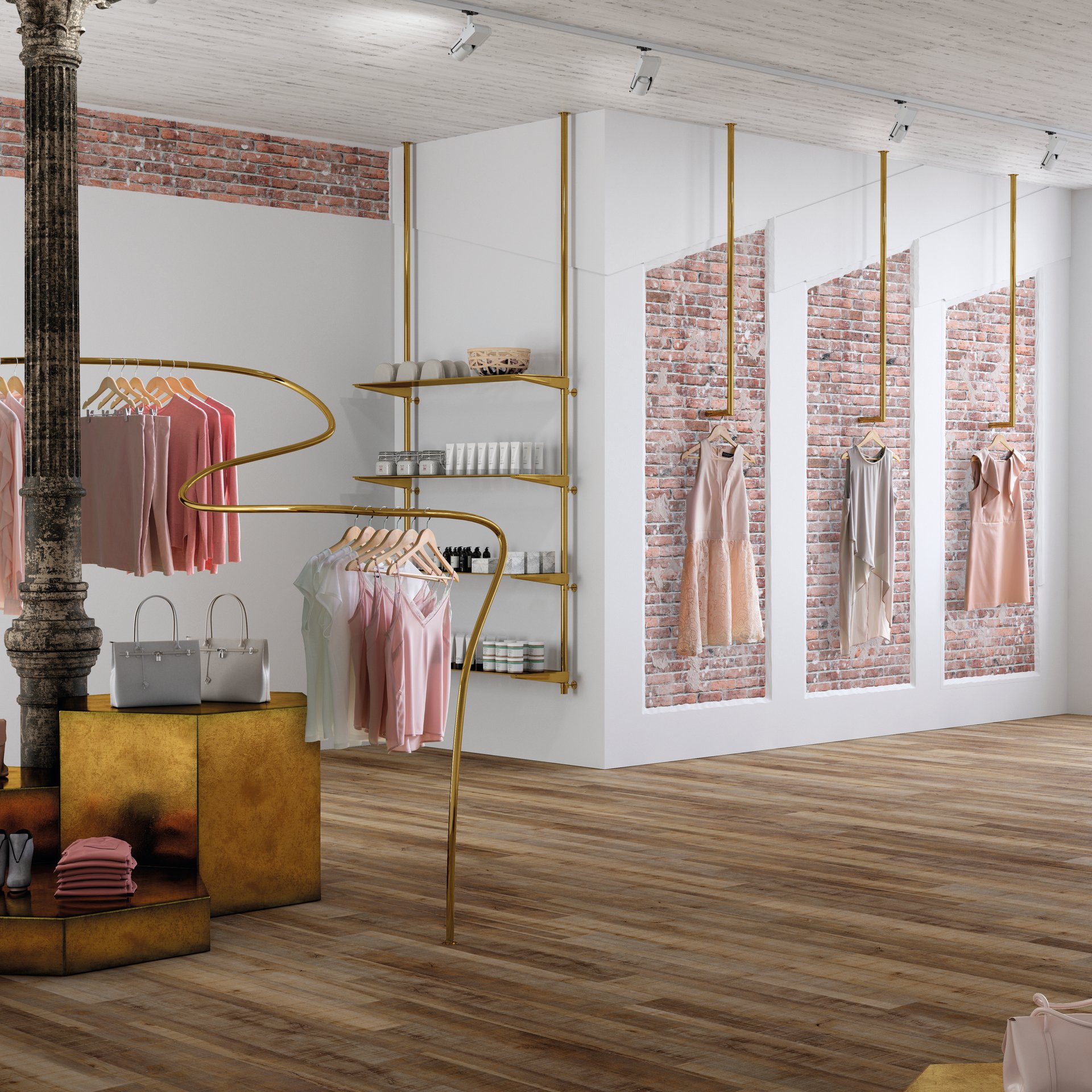
Safety Flooring
Vinyl floor manufactured with aggregates throughout the material to improve traction and safety.
Ideal for: wet and high slip areas such as, commercial kitchens, ramps, bathrooms, wet rooms etc.
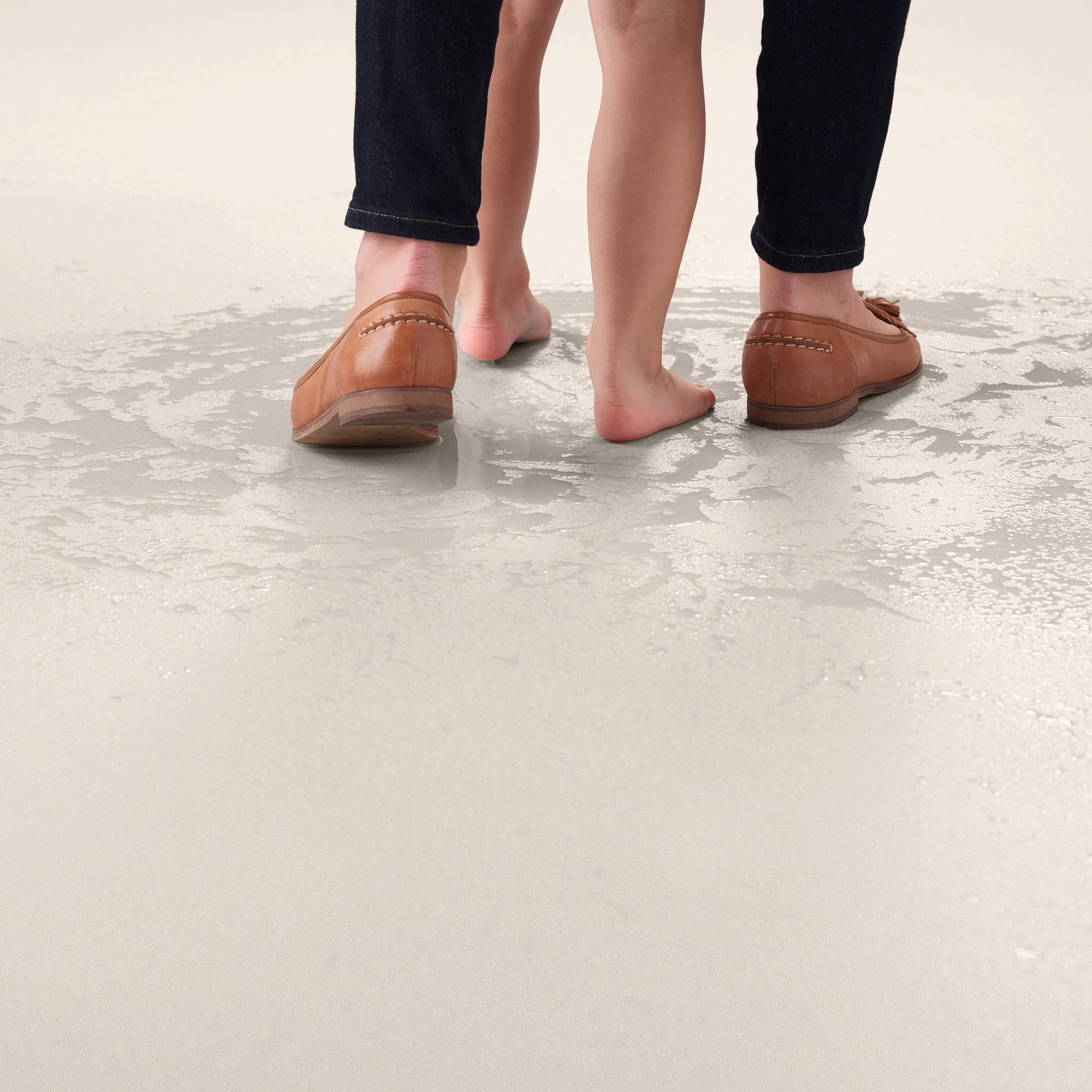
Acoustic Flooring (floors with a foam layer)
Within the heterogeneous flooring collection, with a bottom layer comprising of a closed cell foam backing, there are several acoustic options available that reduce impact noise within interiors. Acoustic flooring is an excellent choice for large spaces, as it reduces echoes and creates ambience in a room.
Ideal for: commercial, healthcare, education, and residential interiors.
.jpg?width=1920&height=1920&name=CF16_9977_9980%20Polyflor%20Silentflor%20Brochure%20Image_Meadow%209980_Steel%20Blue%209977%20(1).jpg)
Loose-lay Floors
Vinyl, adhesive-free, ready to lay tile, plank, or sheeting. These ranges were designed to reduce installation time. The gauge (thickness) of these products is slightly thicker than the conventional glue-down options. The construction is also different to allow stabilising and limit of movement due to no adhesive.
Ideal for: commercial and residential installations, where minimising disruption and installation time is of critical importance.
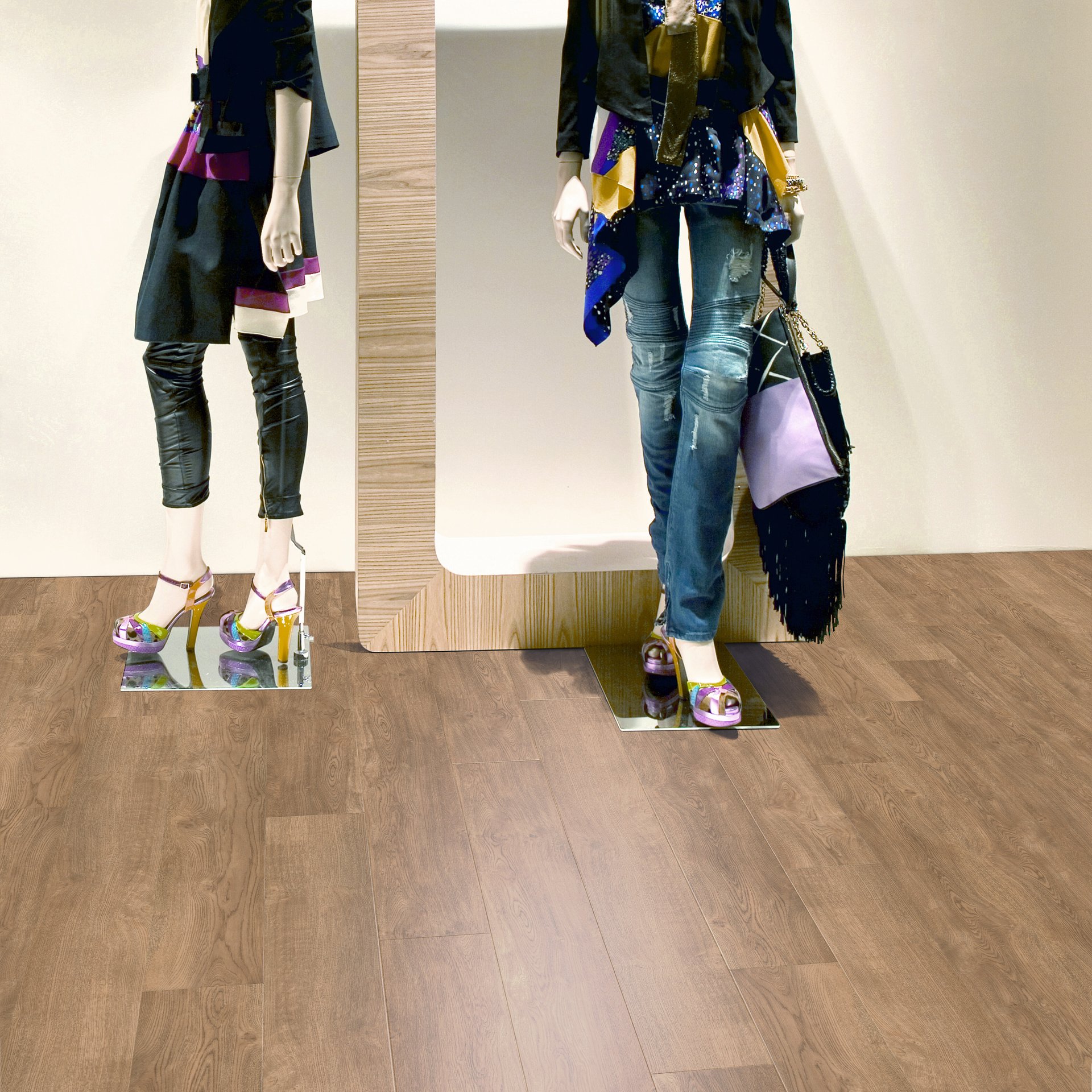
Electrostatic Discharge (ESD) Flooring
This is a hardwearing vinyl floor covering engineered to conduct a uniform flow of static electricity to an earthing point to prevent damage to sensitive equipment, electronic components, and people.
There are three types of ESD flooring:
Conductive (ROF) Flooring
This range offers almost no resistance and is necessary for areas with an extreme chance of explosion.
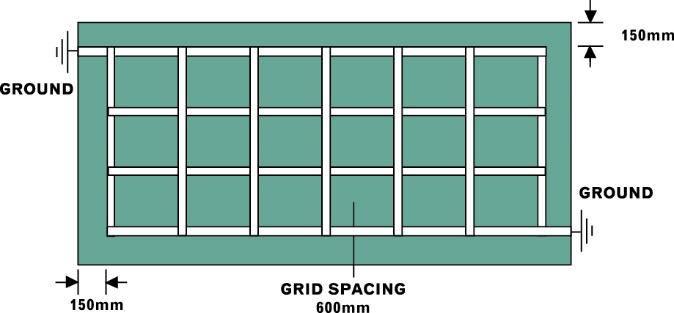
Ideal for: munition plants and warehouses, chemical processing plants, fireworks production factories
SD and EC Grounding Grid Layout
Showing the method of installation using grounding strip, where conductivity to ground is specified.
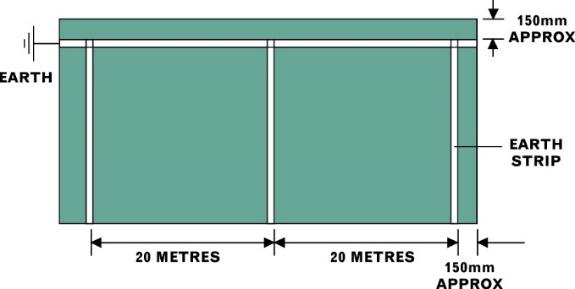
SD - Static Dissipative
Static dissipative flooring offers more resistance than EC.
Ideal for: telecommunications installations, computer rooms, healthcare facilities such as scanner rooms, X-ray suites and operating theatres.
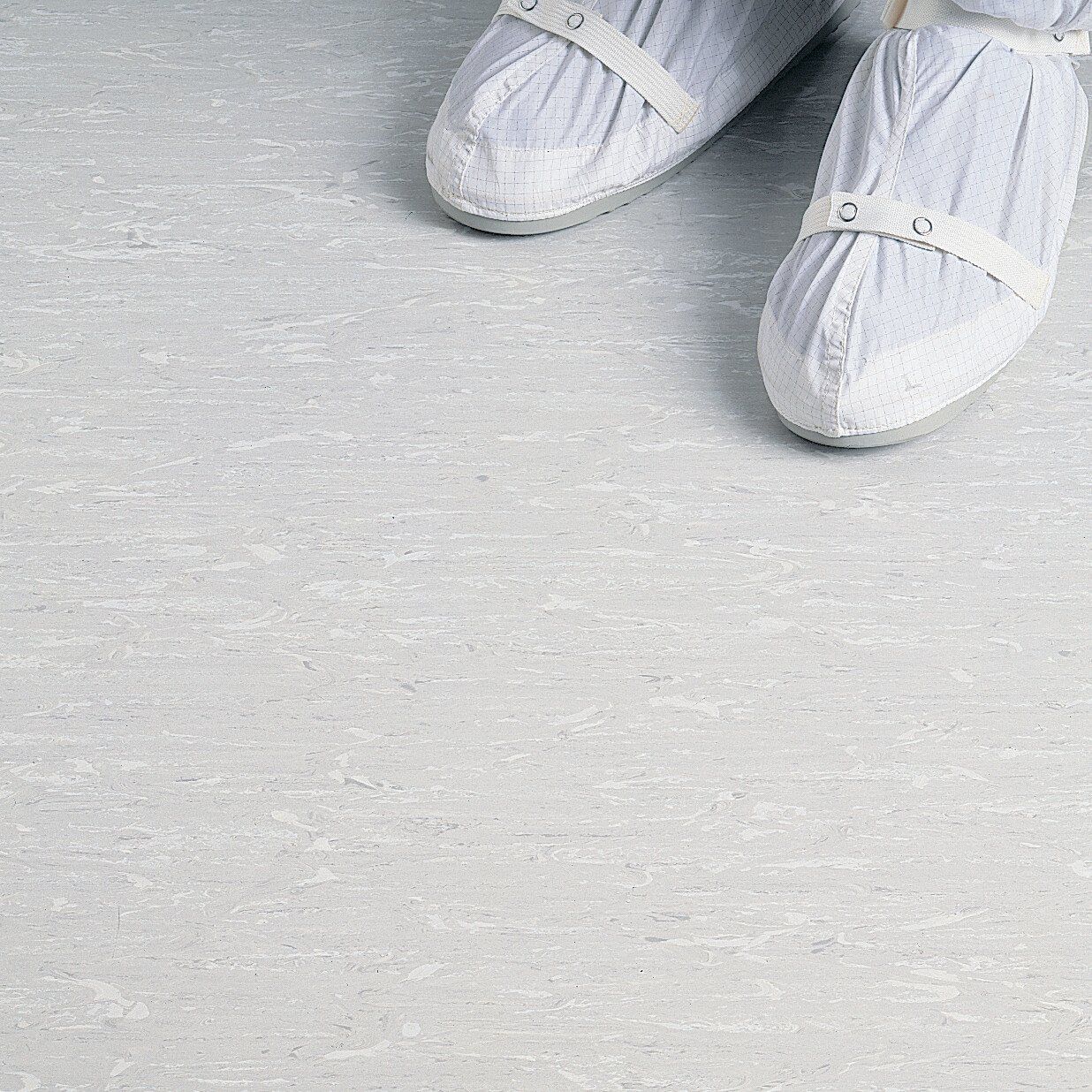
EC - Electrostatic Conductive
Electrostatic conductive flooring offers more resistance than conductive (ROF).
Ideal for: it’s typically used in hospital operating theatres and in areas where extremely sensitive computer equipment or electronics are being manufactured. This is more critical inland with the lower humidity and during our dry winter conditions which create huge static.
.jpg?width=1920&height=1920&name=Frosty%20Glen%206005%20(1).jpg)
Sport
A high-performance vinyl sheet flooring designed to perform safely and effectively in multi-purpose indoor sports venues. Manufactured with a substantial closed cell foam backing and in certain cases, additional layers of foam to provide the functionality required.
Ideal for: designed to meet the performance requirements of a wide range of sports including basketball, football, volleyball, netball, gymnastics, martial arts, tennis, and badminton.
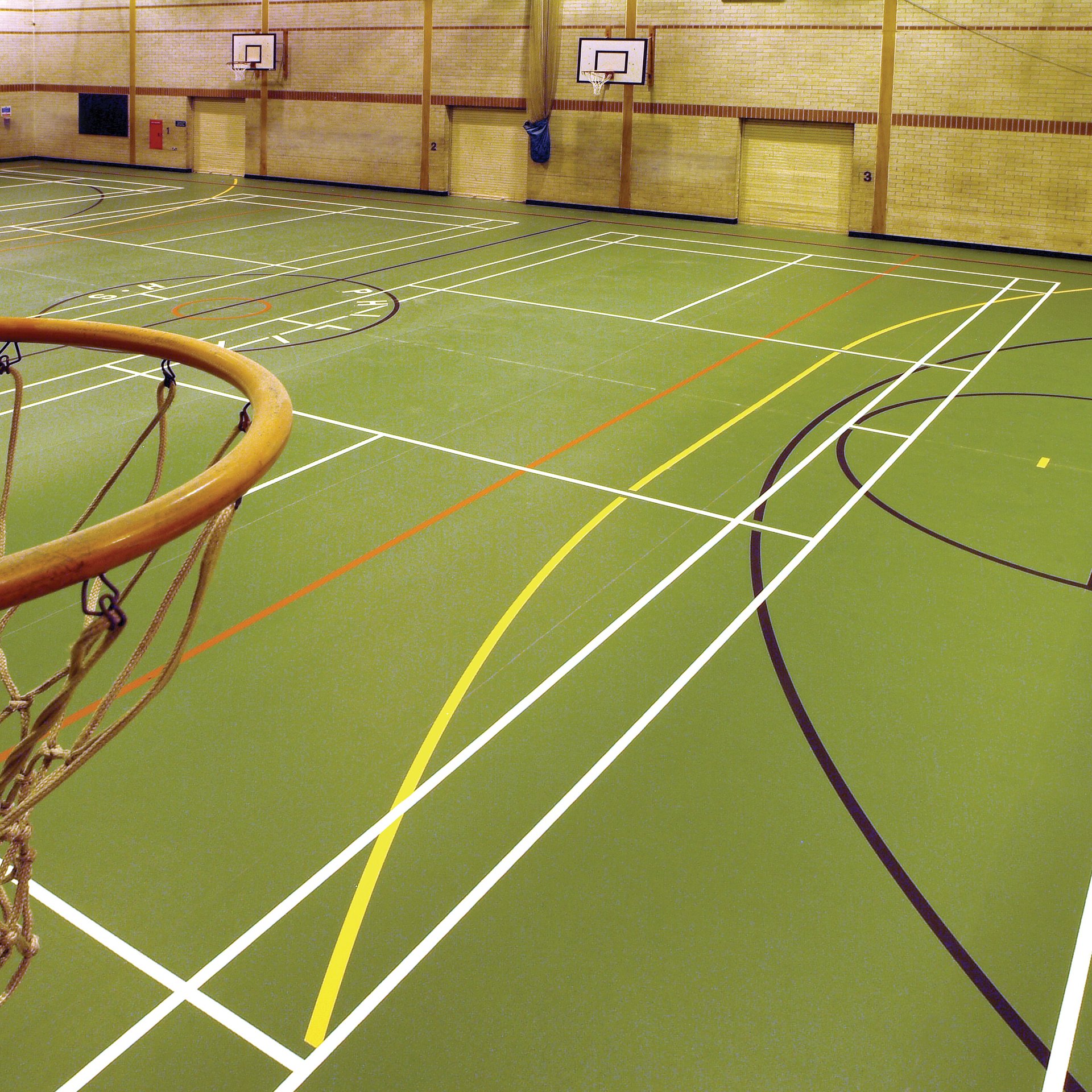
What are some of the other industry terms to know when it comes to installing vinyl?
Underlayment
Flooring underlayment is a thin material that rests between the flooring covering and the subfloor. It can be installed under certain products to aid acoustics and comfort underfoot. Heterogeneous floors include a bonded underlayment.
Wear layer
The wear layer is the performance layer of the vinyl floor, composed of pure PVC and on top of the decorative layer.
Volatile Organic Compounds
Volatile Organic Compounds are organic chemicals that have a high vapour pressure at ordinary room temperature.
VOCs are numerous, varied, and ubiquitous (present, found everywhere). They include both human-made and naturally occurring chemical compounds. Most scents or odours are of VOCs. VOCs play an important role in communication between plants, and messages from plants to animals. Some VOCs are dangerous to human health or cause harm to the environment. Anthropogenic VOCs are regulated by law, especially indoors, where concentrations are the highest. Harmful VOCs typically are not acutely toxic but have compounding long-term health effects.
Gauge
This refers to the thickness of the vinyl sheet, tile, or plank.
What is the difference between PUR coated vinyl and PU coated vinyl?
PU Coating
Polyurethane (PU) is a sacrificial coating applied to floor coverings. A PU protects the flooring during the construction process and allows for easier post-construction cleaning by giving the floor “a head start” after installation. However, PU ranges almost always require a polish/sealer at some time in the future to protect them and keep then looking like new, especially in commercial applications.
PUR Coating
A PUR coating consists of a polyurethane coating that has been UV-cured and cross linked to the product. The significant difference between PU and PUR coating lies in the fact that a PUR coating provides a polish/sealer free maintenance regime for the life of the floor. It is important to note that this is very distinct from the promises made by manufacturers of a “maintenance free” regime, as there is no such thing as a maintenance-free floor.
Now you are well equipped to understand which of these options would be the most suitable for your project.
You may also want to read our article "18 Things to look out for onsite when installing vinyl flooring", where our technical team share tips and tricks that they have learnt over the years.
